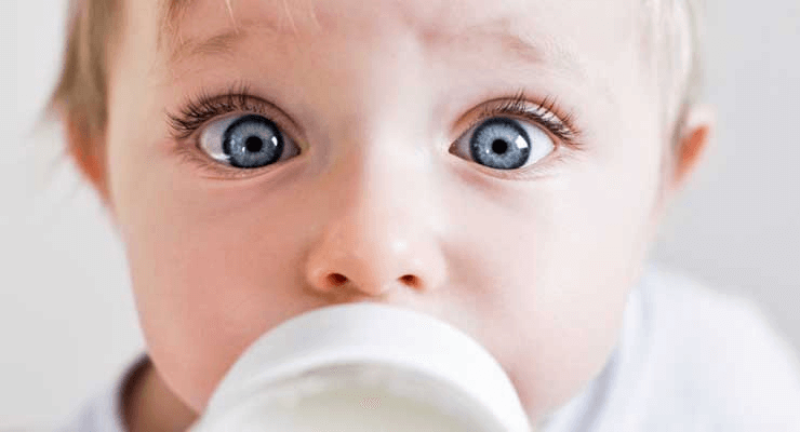Evidence suggests that whether a baby’s eye colour changes or not depends a lot on the colour itself. One study led by Cassie Ludwig, an ophthalmologist at the Byers Eye Institute at Stanford University, tracked 148 babies born at Lucile Packard Children’s Hospital in California, recording their iris colour at birth. Nearly two-thirds of babies were born with brown eyes, and one-fifth with blue.
Two years later, Ludwig and her colleagues found that of the 40 blue-eyed babies in the study, 11 had brown eyes by the age of two, three had hazel, and two had green. Of the 77 brown-eyed newborns, almost all (73) still had brown eyes at the age of two. It appears, then, that blue eyes are much more likely to change than brown eyes during the early stages of our lives.
Though the data is limited and has only been carried out in just one country, the US, changes in eye colour appears to be most common among people with Northern European, Pacific Islander or mixed-race heritage.
There are parallels with the changes sometimes seen in hair colour in those populations throughout childhood. “You’ll see photos of some children who are blonde as babies, but they’ve got quite dark brown hair when they become older,” says [ophthalmologist David] Mackey. “The pigment in your hair can increase gradually over time, and that’s probably because the cells that are making pigment are actually building up their numbers and migrating into the area.”
…
Higher levels of melanin can have a beneficial function in intense sunlight – as in the skin, the pigment offers protection from sun damage.































